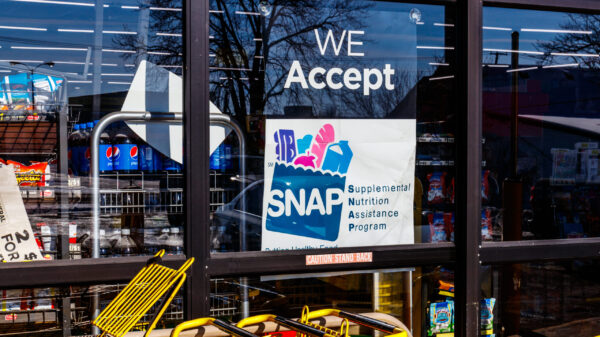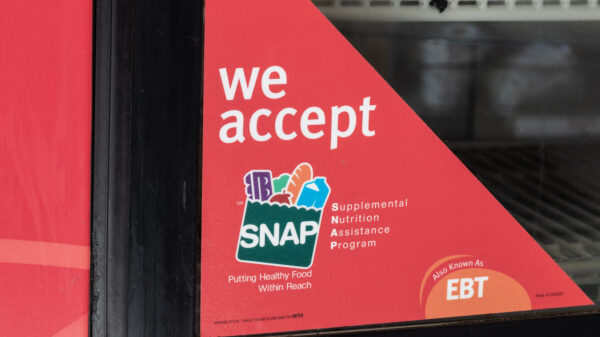By Brandon Moseley
Alabama Political Reporter
Alabama Cattlemen’s Association (ACA) President Donna Joe Curtis told an audience of the St. Clair County Cattlemen’s Association that a dairy cow in California has been tested positive for Bovine Spongiform Encephalopathy (BSE), commonly known as ‘Mad Cow Disease.’
The cow was sent to a rendering plant in California where inspectors identified that there was a possibility of the animal being a BSE afflicted animal. President Curtis said there was, “No chance of it getting in the food chain.” Curtis said that all the safeguards to identify those cattle were in place and “it was handled very well.” “This BSE case is a non-issue for food safety. The US beef supply is safe.”
The National Cattlemen’s Beef Association (NCBA) released a press release on Tuesday. The NCBA wrote, “USDA confirmed this afternoon a positive test result as part of its targeted surveillance program to test cattle for BSE. USDA has confirmed this dairy animal was discovered at a rendering facility and was never presented for human consumption and poses zero risk to human health. The bottom line remains the same – all U.S. beef is safe.”
John Clifford, the USDA’s chief veterinary officer, told reporters: “There is really no concern for alarm here with regards to this animal. Both human health and animal health are protected with regards to this issue.” Clifford said that the disease can only be transmitted if the brain or spinal tissues are consumed by humans or another animal. No part of this animal ever went into the human food supply.
According to the USDA press release; the cow was sent to a rendering plant that processes diseased or sick animals into non-edible products like soap or glue, where they identified the cow as possibly having BSE. The executive vice president of Baker Commodities Inc., Dennis Luckey, confirmed that the carcass was handled by one of his company’s facilities. They sent a tissue sample of the brain and sent to the University of California, Davis. That sample came back inconclusive and was then sent to a USDA facility in Ames, Iowa. The USDA facility tests returned positive.
The NCBA press release said, “USDA’s ongoing BSE surveillance program tests approximately 40,000 high-risk cattle annually, bringing the total of tested animals to more than 1 million since the program began. BSE is fast approaching eradication worldwide. According to USDA, there were only 29 cases of BSE worldwide in 2011, which is a 99 percent reduction since the peak in 1992 of more than 37,300 cases.”
ACA President Curtis said that this was an atypical form of the disease that did not come from feed additives.
There was a highly publicized epidemic of Mad Cow Disease in Great Britain in the 1990s and early 2000s because that nation’s beef industry customarily ground up the heads, brains, and spinal tissues of beef carcasses and then mixed that with livestock feed. One BSE infected animal then infected dozens more when her diseased brains were ground up and added to their feedstuffs. BSE is possibly the cause of the deadly brain disease variant Creutzfeldt-Jakob in humans who eat infected parts from animals with the disease. Both Creutzfeldt-Jakob and BSE are prion diseases that attack the brain and are fatal if they run their course. Both diseases are not contagious and it is generally believed that it takes prolonged consumption of infected tissues, which is what happened in Europe. The U.S. feed industry always took many more precautions than their European counterparts thus there was never the widespread use of animal byproducts in food animal feedstuffs that they had in Europe and where animal byproducts were used, they were processed to a much greater extent than in Europe. The use of animal byproducts like blood meal and meat and bone meal in food animal diets was stopped in the U.S. following the disaster that befell countries in Europe.
This is only the fourth case of BSE (“Mad Cow Disease”) discovered in the United States. The first two were cows that had originated in Canada before they banned meat byproducts in livestock feeds and the third was a beef cow in Alabama in 2006. This fourth cow has an atypical form of the disease that can not be linked to animal byproducts being used in livestock feeds because those feed additives were outlawed before it was born.
George Gray, the director of George Washington University’s Center for Risk Science and Public Health, said in press reports: “There’s always been concern that there could potentially be a spontaneous form of mad cow disease that just arrives and doesn’t get transmitted through feed.”
The discovery of the first infected cow in the United States in 2003 resulted in a panic where numerous nations closed their countries to American beef exports.
Donna Jo Curtis is from Limestone County where she manages a family farm with 120 cows. Her husband, John, manages the Limestone County Coop. She is the second female President of the Alabama Cattlemen’s Association.
For more information about BSE/Mad Cow Disease




















































